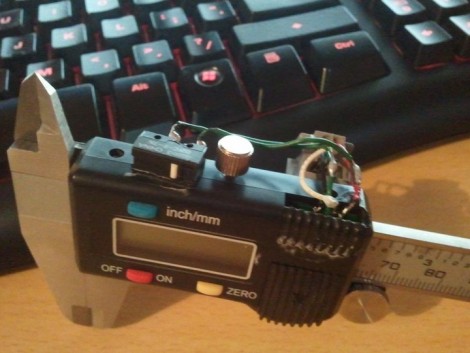
This rainbow is and is not natural. It’s the product of rainwater and sunlight so in that respect it’s natural. But as you can see, it’s not raining. This is an art installation that uses captured rainwater, stored solar electricity, and irrigation equipment to float a heavy blanket of mist in the air. The prismatic effects of the suspended water particles separate the sunlight into various bands by wavelength and a rainbow springs into existence.
We’ve done this before with a garden hose in the back yard. It might be fun to try to build a version that recycles the water as this does, perhaps using a rain barrel as a reservoir. It would certainly be much easier than pulling off that water-based 3-D display we’ve been meaning to undertake.
[Thanks Xb0xGuru]

















